Ceramic and porcelain tiles are among the oldest and most used flooring types with easy installation and also a reasonable price in the world. And it’s simple to see why: they are gorgeous, versatile, and durable. Some ancient ceramic tile mosaics date back thousands of years. Technically, porcelain is a kind of ceramic. Both are produced by baking clay at a high temperature in a kiln until a durable and watertight flooring material is produced. Porcelain tile, on the other hand, is made from finer clay and baked at a higher temperature than normal ceramic tile. This makes it less porous (certified porcelain tile must have a water absorption rate of 0.5% or less), less susceptible to stains and in many circumstances a more durable flooring material.
Currently, homeowners incorporate aesthetics into all areas of their houses, including the flooring. When searching for a suitable kind of flooring, tiles offer long-lasting beauty, functionality, and durability, in addition to substantial advantages over other flooring solutions. They are simple to maintain, have a longer lifespan than other flooring types, and require no further specialist maintenance once installed. Consequently, floor tiles are no longer limited to “wet places” such as bathrooms. Similar finishes are being applied to the majority of other rooms in the home. However, while searching for floor tiles, be sure you do not end up with wall tiles. Ceramic tiles are among the most popular tiles manufactured from clay materials. They are extracted, refined, and shaped for usage. You will be astounded by their ability to complement nearly any interior design style you admire. The most essential properties of ceramic tiles are their durability, versatility, and resistance to scratches and abrasion.
 Porcelain tiles slab for kitchen
Porcelain tiles slab for kitchen
tile flooring
The floor takes up the most surface area in a home, and the sort of flooring that is most suitable for a given room is one that is appropriate for the homeowner’s budget, lifestyle, and personal tastes. Because the requirements and atmosphere of each room have a role in determining the best type of flooring to use, making the right choice can be challenging. It is usual practice to install ceramic tile flooring in moist areas such as bathrooms and kitchens. Ceramic and porcelain are the two most common types of material used for tiling. Tile is impervious to water, has a long lifespan, and can be purchased in a variety of sizes, styles, and colors. Installation fees might vary widely depending on the type of material being used; for instance, glazed ceramic is often less expensive than porcelain tile. Durable, resistant to water, and long-lasting are all advantages of this material.
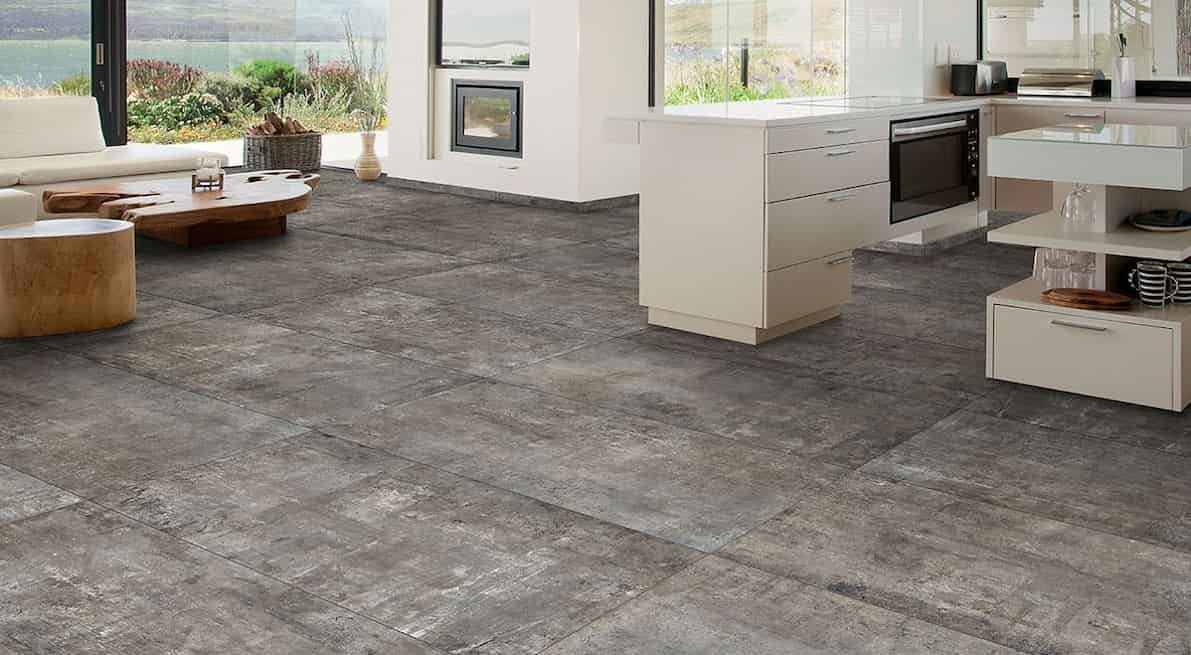 Ceramic tiles floor porcelain polished gloss
Ceramic tiles floor porcelain polished gloss
Disadvantages: It’s expensive, difficult to install, and calls for a lot of preparation work before installation. Additionally, it’s icy and dangerous to walk on. It is not as simple as selecting the type of flooring that is currently on sale or appears to be the best option when selecting the best flooring for your home. Considerations like moisture content, longevity, ease of maintenance, and cost all play significant roles in the decision-making process. Because purchasing new flooring is an investment, the type of flooring you choose should satisfy both your needs and your preferences. Make sure that you have an in-depth conversation about your ideas with the flooring contractor that you have chosen so that the project may be finished according to your standards. We strongly suggest conducting research on the most reputable flooring installation companies as a way to ensure that your project will be completed successfully.
types of tiles
Tiles are used to cover walls, ceilings, and floors of indoors and outdoors with different types like Basic and practical or elaborate and gorgeous (such as mosaics). Ceramic, porcelain, stone, marble, clay, slate, glass, and other hard and soft materials are used to make tiles (e.g. timber, vinyl, cork, etc.). Bathrooms, kitchens, and laundry rooms often use tiles as interior furnishings to prevent surfaces from moisture damage. Tiles may improve a space’s acoustics by absorbing sound; they’re often employed in theaters, recording studios, and other constructions. Clay tiles are created from sand, quartz, and water. They’re used in homes, restaurants, workplaces, and retail stores for bathroom walls and kitchen floors. They’re inexpensive, easy to install, clean, and maintain. Ceramics can withstand high temperatures and acids, yet they’re brittle and weak under compression and shearing.  Applications include floor tiles, pipes, bricks, cookware, tableware, sanitary ware, ceramic products, gas, and fire radiant, kiln linings, glass, steel crucibles, knife blades, vehicle disc brakes, and watch cases, and biomedical implants. Building and infrastructure industries promote ceramic tile demand. Rising building sectors in India, China, Brazil, and South Asian nations are projected to fuel the ceramic tiles market. Rising industry and urbanization necessitate commercial and residential constructions in emerging nations. The Availability of raw materials and technical advances in ceramic tile manufacture has further boosted the industry. Ceramic floor tiles, wall tiles, and others are market staples. Floor tiles are expected to grow the most in volume throughout the forecast period. Wall tiles were second. Tabletops, facades, and countertops are also expected to grow.
Applications include floor tiles, pipes, bricks, cookware, tableware, sanitary ware, ceramic products, gas, and fire radiant, kiln linings, glass, steel crucibles, knife blades, vehicle disc brakes, and watch cases, and biomedical implants. Building and infrastructure industries promote ceramic tile demand. Rising building sectors in India, China, Brazil, and South Asian nations are projected to fuel the ceramic tiles market. Rising industry and urbanization necessitate commercial and residential constructions in emerging nations. The Availability of raw materials and technical advances in ceramic tile manufacture has further boosted the industry. Ceramic floor tiles, wall tiles, and others are market staples. Floor tiles are expected to grow the most in volume throughout the forecast period. Wall tiles were second. Tabletops, facades, and countertops are also expected to grow. 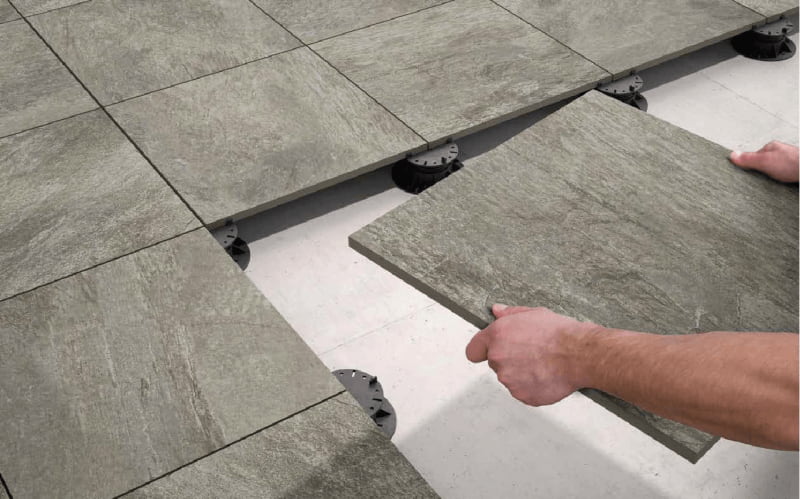
tiles installation cost
Installation of tiles and slabs flooring regardless of its cost is the apex of home improvement activities when viewed seriously. Each layer is prone to possible DIY mistakes as you peel back one to reveal another. It’s critical to comprehend all the many processes involved in your tile job, as well as any potential problems. To be sure, many common DIY tile projects work just well and will mostly produce the intended results. The majority of people who have attempted a home-based tiling job, however, would acknowledge that while they were pleased with the results, it would look better (and be finished faster, with fewer tears and tantrums) if carried out by a professional.  Most people would also agree that it required more labor than they anticipated and ultimately didn’t save them all that much money. Since installing tile flooring requires some DIY expertise, we always advise working with a professional installer, to get professional results. The installation of tile flooring is one of the most straightforward DIY jobs in the canon of home renovation tasks. Basically, the idea is to lay adhesive, then set tile, grout tile, then seal the grout. Numerous instruments are required to install tile flooring. Specialty tools are extremely necessary and should not be attempted without them, even though you may never need them on another job. All of these may be bought, and some can be rented, at your neighborhood tile or home improvement store.
Most people would also agree that it required more labor than they anticipated and ultimately didn’t save them all that much money. Since installing tile flooring requires some DIY expertise, we always advise working with a professional installer, to get professional results. The installation of tile flooring is one of the most straightforward DIY jobs in the canon of home renovation tasks. Basically, the idea is to lay adhesive, then set tile, grout tile, then seal the grout. Numerous instruments are required to install tile flooring. Specialty tools are extremely necessary and should not be attempted without them, even though you may never need them on another job. All of these may be bought, and some can be rented, at your neighborhood tile or home improvement store. 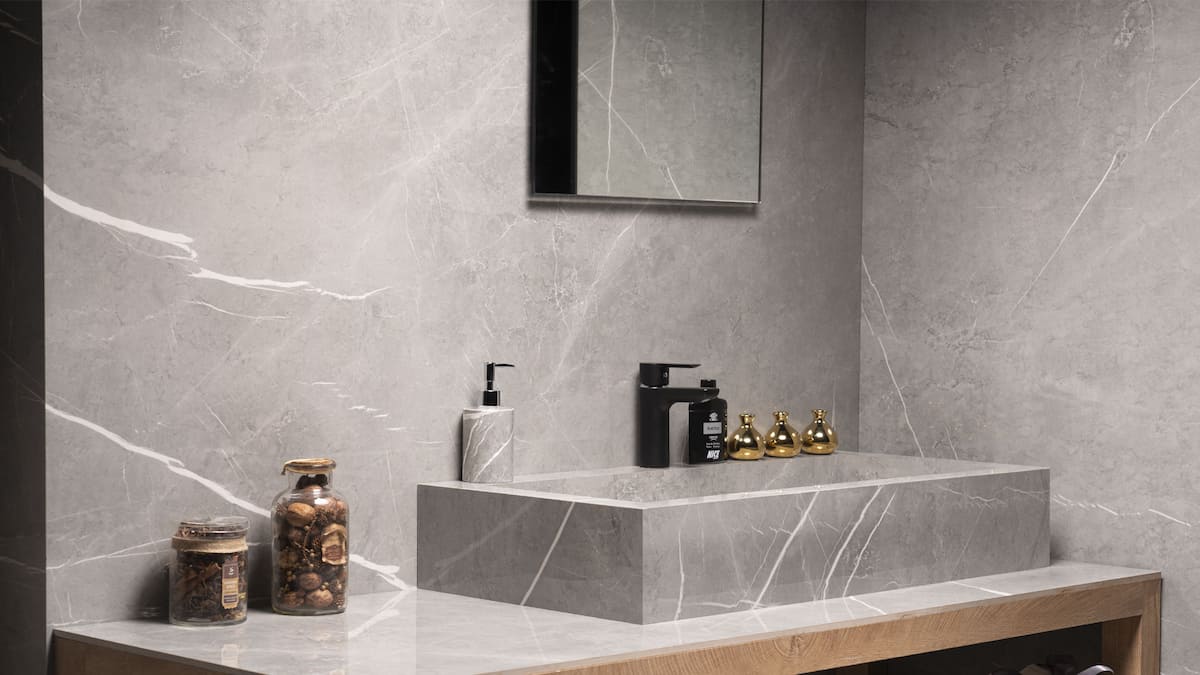
ceramic tiles
A solution of clay, mineral, and water is pressed into tile form and fired at a high temperature to create ceramic tiles. Two layers comprise the majority of ceramic tile: bisque and glazed tiles. The bisque is the body of the tile. The glaze is the color that covers the tile’s surface. Certain ceramic tiles are produced without a glaze; these tiles are referred to as through-tile construction because they are uniformly colored. Because ceramic is the most used umbrella term for tiles, accreditation from a governing body is not required. Ceramic tile absorbs more than 0.5% more water than porcelain tile. This is the primary difference between the two. Ceramic tile is produced similarly to porcelain tile. 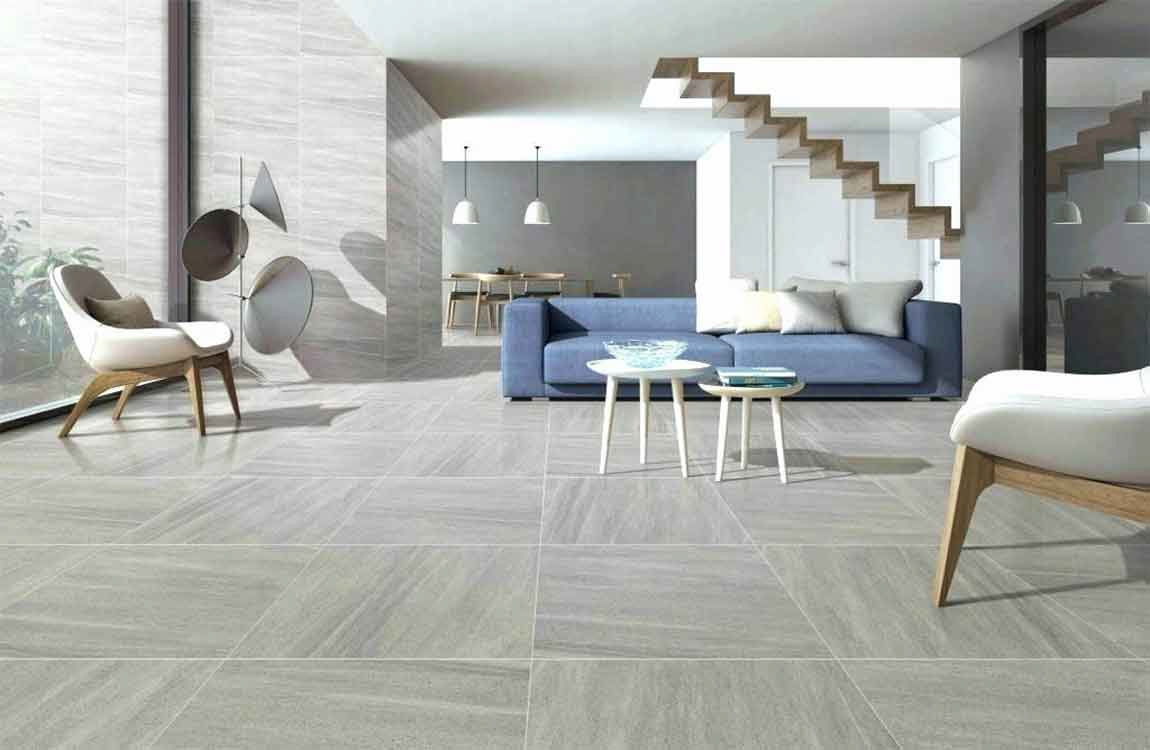 Fewer kaolin is present in the clay, and it is composed of less dense components. Because this clay combination does not require minerals to be fused into glass in a process called vitrification, unglazed ceramic tile stays porous. After eliminating excess moisture using a dryer, the tile is pushed into a mold and let it dry on a rack. This tile is known as “green tile” or “green ware,” similar to porcelain. After the ceramic tile has dried, a high-tech inkjet printer will be used to add the desired colors and design. It will also be glazed to protect the image from deterioration and render the tile impermeable. Ceramic is finally fired at a high temperature of 2000°F. This temperature solidifies the glaze and removes moisture, resulting in an impermeable surface.
Fewer kaolin is present in the clay, and it is composed of less dense components. Because this clay combination does not require minerals to be fused into glass in a process called vitrification, unglazed ceramic tile stays porous. After eliminating excess moisture using a dryer, the tile is pushed into a mold and let it dry on a rack. This tile is known as “green tile” or “green ware,” similar to porcelain. After the ceramic tile has dried, a high-tech inkjet printer will be used to add the desired colors and design. It will also be glazed to protect the image from deterioration and render the tile impermeable. Ceramic is finally fired at a high temperature of 2000°F. This temperature solidifies the glaze and removes moisture, resulting in an impermeable surface. 
porcelain tile
Porcelain tile has been adored for millennia by civilizations all over the world due to its magnificent brilliance, silky-smooth texture, and classic beauty. However, porcelain’s applications today go well beyond the manufacturing of dolls, decorations, and fine dishes. Thousands of American houses have chosen porcelain tile for their kitchens, bathrooms, or entry foyers, making tile one of the most popular residential flooring materials. Despite their similar appearance, ceramic tile and porcelain tile are significantly different. Extremely high temperatures – between 2,300 and 2,400 degrees Fahrenheit are applied to clay in order to produce porcelain tile. Porcelain is commonly referred to as a “high-fire” material for this reason. Porcelain tile is more durable than ceramic and can withstand more elements, making it a great choice for outdoor flooring. Porcelain that has been finished is hard and heavy like stone, but it also has specific unique qualities. In contrast to the extremely porous nature of the stone, porcelain has no pores and provides great resistance to moisture and humidity. 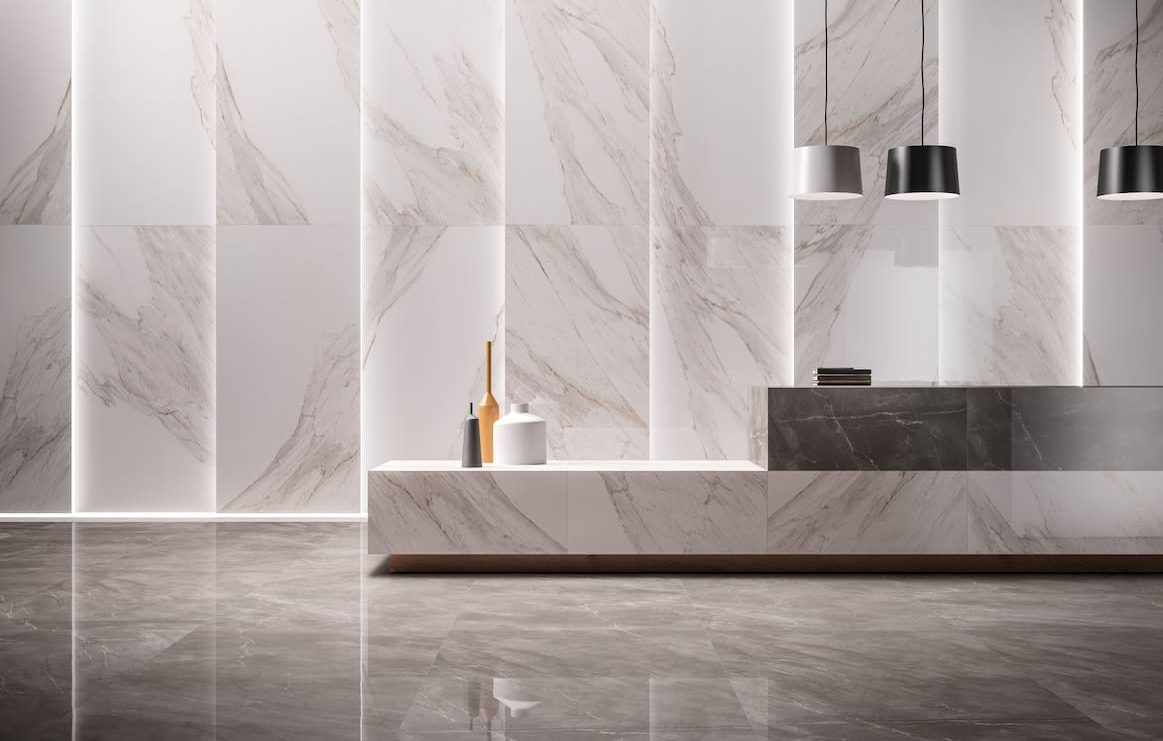 Porcelain is a dense, nonporous, and impermeable material that is great for bathroom floors, mudrooms, and other surfaces that must be stain and water-resistant. Style-wise, it is highly versatile, allowing you to match it to your existing décor. Because not all porcelain tile varieties possess the same qualities, it is vital to make an informed selection. Floor tile, wall tile, and mosaic wall tiles are the most common porcelain tile styles. Showers and bathroom walls, as well as a fashionable accent wall in a living room, are excellent applications for porcelain wall tile. There are so many types of wall tiles that the design possibilities are endless. The incredible realism with which porcelain tiles may imitate wood or stone makes them excellent for wall installations. Whether used for flooring or backsplash tile, porcelain instantly improves any space and is available in a variety of styles that mimic everything from natural stone to hardwood planks. Include porcelain tile in the design of your bathroom, kitchen, or entryway for a touch of elegance and classicism. Explore our website or have a conversation with a member of our friendly and knowledgeable team to view great examples in action.
Porcelain is a dense, nonporous, and impermeable material that is great for bathroom floors, mudrooms, and other surfaces that must be stain and water-resistant. Style-wise, it is highly versatile, allowing you to match it to your existing décor. Because not all porcelain tile varieties possess the same qualities, it is vital to make an informed selection. Floor tile, wall tile, and mosaic wall tiles are the most common porcelain tile styles. Showers and bathroom walls, as well as a fashionable accent wall in a living room, are excellent applications for porcelain wall tile. There are so many types of wall tiles that the design possibilities are endless. The incredible realism with which porcelain tiles may imitate wood or stone makes them excellent for wall installations. Whether used for flooring or backsplash tile, porcelain instantly improves any space and is available in a variety of styles that mimic everything from natural stone to hardwood planks. Include porcelain tile in the design of your bathroom, kitchen, or entryway for a touch of elegance and classicism. Explore our website or have a conversation with a member of our friendly and knowledgeable team to view great examples in action.

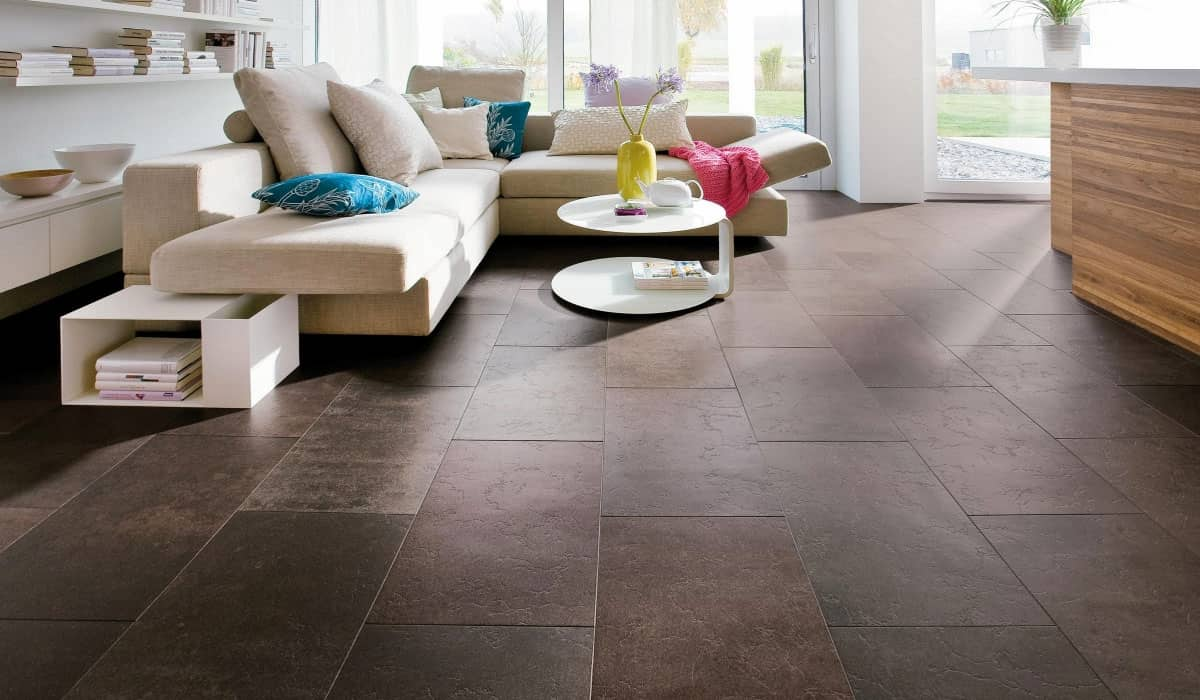

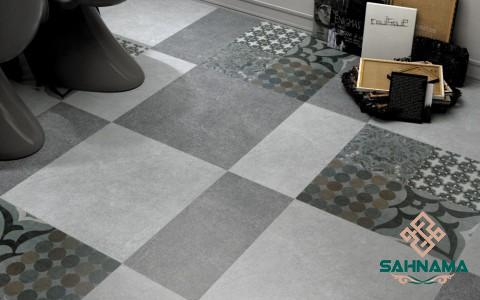
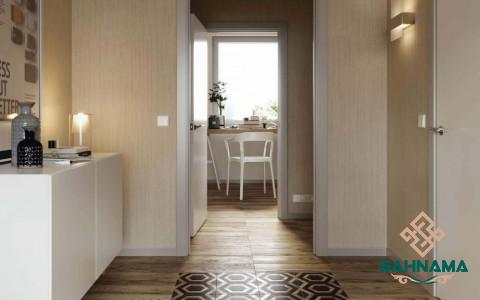
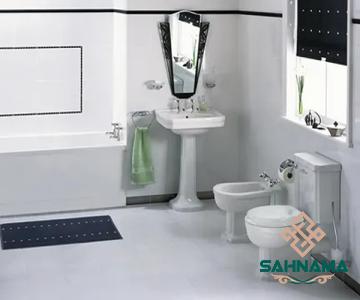
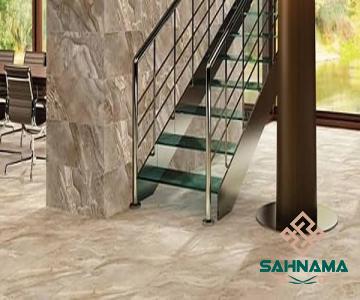
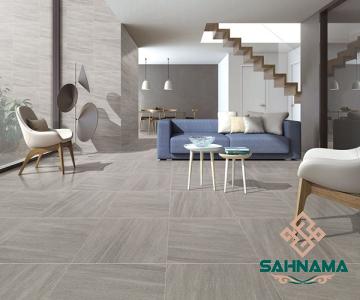
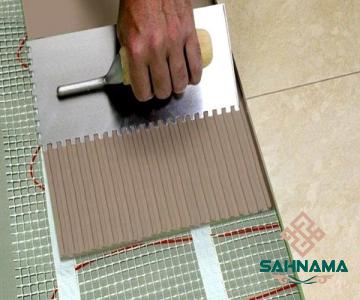
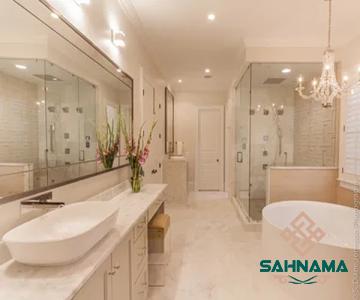
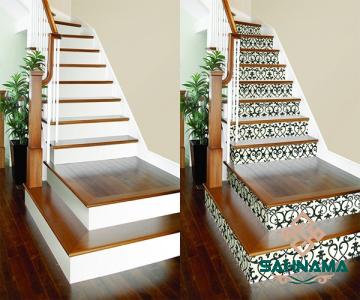
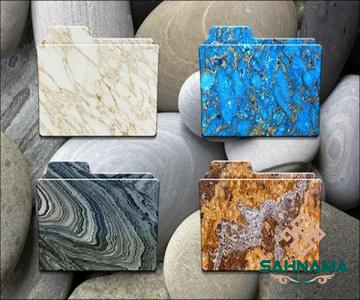
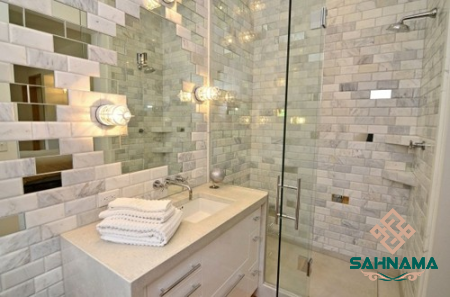
Your comment submitted.